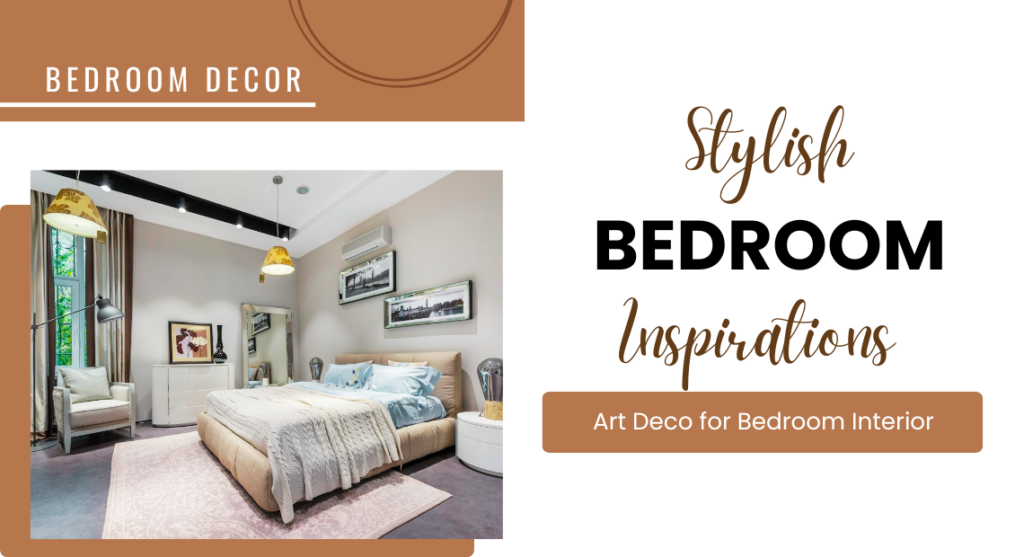When it comes to bathroom decor, we often think about functional elements like tiles, fixtures, and storage. However, one key aspect that can elevate the aesthetic of your space while adding warmth and personality is a vintage rug. With their unique patterns and rich history, vintage rugs can transform a mundane bathroom into a stylish retreat. Here’s a deeper look at why and how to incorporate vintage rugs into your bathroom decor.
1. Timeless Appeal
Unique Storytelling
- Each vintage rug carries its own history, often reflecting the culture and craftsmanship of its origin. Whether it’s a hand-knotted Persian rug or a flat-weave Kilim, these pieces evoke a sense of nostalgia and timeless elegance. The intricate designs often tell a story of the weaver’s tradition and techniques, making them conversation starters.
Character and Charm
- Unlike modern rugs, which can be uniform and mass-produced, vintage rugs showcase imperfections and variations that add character. This uniqueness can make your bathroom feel more personalized and inviting.
2. Softness Underfoot
Comfortable Experience
- Bathrooms can often feel cold and hard, especially with tiles or laminate flooring. A vintage rug provides a soft, cushioned surface to step on, enhancing comfort, especially in the morning or after a relaxing bath. The plush fibers not only feel good against your skin but also help to insulate against the chill of the floor.
Safety Factor
- Rugs can help prevent slips and falls by providing a textured surface. Look for rugs with a non-slip backing or consider adding a rug pad for extra grip.
3. Color and Pattern Play
Diverse Palette
- Vintage rugs come in an array of colors and patterns, offering a vast selection to match or complement your bathroom decor. From muted pastels to bold, vibrant colors, there’s a vintage rug that can seamlessly fit into any color scheme.
Focal Points
- Use a striking vintage rug as a focal point in your bathroom. For example, a richly colored Persian rug can draw the eye and set the tone for the entire space, while softer, more subtle patterns can create a serene environment.
4. Eco-Friendly Choice
Sustainability Matters
- Choosing vintage rugs is not just a design decision; it’s also an eco-friendly one. By opting for second-hand items, you reduce waste and give new life to beautiful pieces that might otherwise end up in a landfill. This conscious choice supports sustainable living and promotes a circular economy.
Natural Materials
- Many vintage rugs are made from natural fibers such as wool, cotton, or silk, which are biodegradable and environmentally friendly compared to synthetic options.
5. Versatility
Size and Placement Options
- Vintage rugs come in various sizes, making them suitable for different areas of your bathroom. Whether you want a large area rug to define the space or a smaller runner in front of the sink, there’s a vintage option for every layout.
Adaptable Decor
- These rugs can easily transition to other areas of your home. If you decide to change your bathroom decor or move, a vintage rug can complement living rooms, bedrooms, or entryways, making it a versatile investment.
Tips for Incorporating Vintage Rugs in Your Bathroom
1. Consider Size and Placement
- Measure Your Space: Before purchasing a vintage rug, measure your bathroom to ensure a proper fit. A rug that’s too small may feel lost in the space, while one that’s too large can overwhelm it. Aim for a size that allows for a border of floor visible around the edges.
- Strategic Placement: Place rugs in high-traffic areas or under furniture, such as a stool or a small bench. Positioning a rug in front of the sink or bathtub can enhance comfort and style.
2. Mix and Match
- Layering Techniques: Consider layering a vintage rug over a larger, neutral rug or mat. This adds texture and dimension while allowing the vintage piece to shine. Mixing different patterns and textures can create a visually intriguing look.
- Eclectic Decor Combinations: Don’t shy away from mixing vintage styles with modern elements. A vintage rug can complement sleek, contemporary fixtures, creating a striking contrast that feels fresh and innovative.
3. Maintenance and Care
- Regular Cleaning: Regularly vacuum your vintage rug to keep it looking fresh. Use a vacuum with a gentle setting to avoid pulling on the fibers. For deeper cleaning, consult a professional cleaner who specializes in vintage textiles to avoid damaging the fabric.
- Protecting Against Moisture: While vintage rugs can add charm, they may not be designed to withstand high moisture levels. Consider placing them in areas with less direct water exposure or using a rug pad with moisture-wicking properties to protect against dampness.
4. Choose the Right Style
- Harmonizing with Decor: Think about your existing bathroom decor when selecting a vintage rug. A vibrant Kilim can add a bohemian flair, while an intricate Persian rug can bring elegance and sophistication. Make sure the colors and patterns align with your overall theme.
- Balance with Fixtures: When selecting a rug, consider the color and style of your fixtures and cabinetry. A well-chosen rug can pull together the various elements in your bathroom, enhancing the overall aesthetic
Best materials for vintage bathroom rugs
When choosing materials for vintage bathroom rugs, you’ll want options that combine aesthetics with practicality. Here are some of the best materials to consider:
1. Cotton
- Pros: Soft, highly absorbent, and easy to wash. Cotton rugs can be machine-washed, making maintenance a breeze.
- Styles: Available in a wide range of vintage designs, from florals to geometric patterns. Often comes in a variety of colors, allowing for versatile decor options.
- Cons: May wear out faster than some other materials, especially if exposed to moisture frequently. Cotton can also fade with repeated washing.
2. Wool
- Pros: Luxurious and warm, wool rugs offer excellent durability and can last for years. They naturally resist stains and moisture.
- Styles: Traditional Persian or Oriental designs often found in vintage bathrooms give an elegant touch. Wool also retains heat well, making it comfortable in colder climates.
- Cons: Requires special care, as wool can shrink or felt in hot water. It may not be the best option for areas with high humidity unless treated.
3. Bamboo or Sisal
- Pros: Eco-friendly and sustainable, these natural fibers are durable and add a unique, rustic aesthetic. They are resistant to mold and mildew, making them suitable for bathrooms.
- Styles: Often found in neutral colors or simple patterns that complement vintage decor without overwhelming it.
- Cons: Can be rough underfoot and may not be as comfortable as softer materials. Cleaning requires a gentle approach, and they may not be as absorbent.
4. Chenille
- Pros: Known for its plush texture, chenille is incredibly soft and cozy, providing a vintage charm. It has a lovely sheen that can enhance the overall look of a bathroom.
- Styles: Often comes in vibrant colors and patterns that evoke a nostalgic feel, perfect for retro-themed bathrooms.
- Cons: Not as durable as some other materials and can be more challenging to clean. Chenille can also attract lint and pet hair.
5. Microfiber
- Pros: Exceptionally absorbent and quick-drying, making it ideal for bathroom use. Microfiber rugs can mimic vintage designs and are often available in a variety of colors.
- Styles: Comes in many prints that can replicate the look of more traditional rugs while being easy to maintain.
- Cons: While soft, it may lack the luxurious feel of wool or chenille. Microfiber can also trap dirt and may require regular washing.
6. Recycled Materials
- Pros: Environmentally friendly and unique, rugs made from recycled fabrics often feature interesting textures and patterns that can enhance vintage aesthetics.
- Styles: Typically available in eclectic designs that can range from patchwork to bold prints, these rugs add character to any space.
- Cons: Quality can vary widely, and some may not be as durable as other materials. Cleaning might require special care, depending on the fabric blend used.
Final Considerations:
- Size & Shape: Ensure the rug fits your space well. Classic shapes like oval or rectangular can enhance the vintage look.
- Color Coordination: Choose colors that harmonize with your bathroom’s existing palette, leaning towards pastel shades or rich, muted tones for that vintage vibe.
- Maintenance: Consider how much time you can devote to cleaning. Some materials are more forgiving than others in humid bathroom environments.
Vintage rugs are more than just decorative pieces; they are a celebration of history, craftsmanship, and unique artistry. Incorporating a vintage rug into your bathroom can elevate the space, adding warmth, style, and a touch of nostalgia. With their timeless appeal and versatility, vintage rugs can create a welcoming atmosphere that makes your bathroom feel like a true retreat. Embrace the charm of vintage rugs and transform your bathroom into a cozy oasis that reflects your unique taste and personality!


